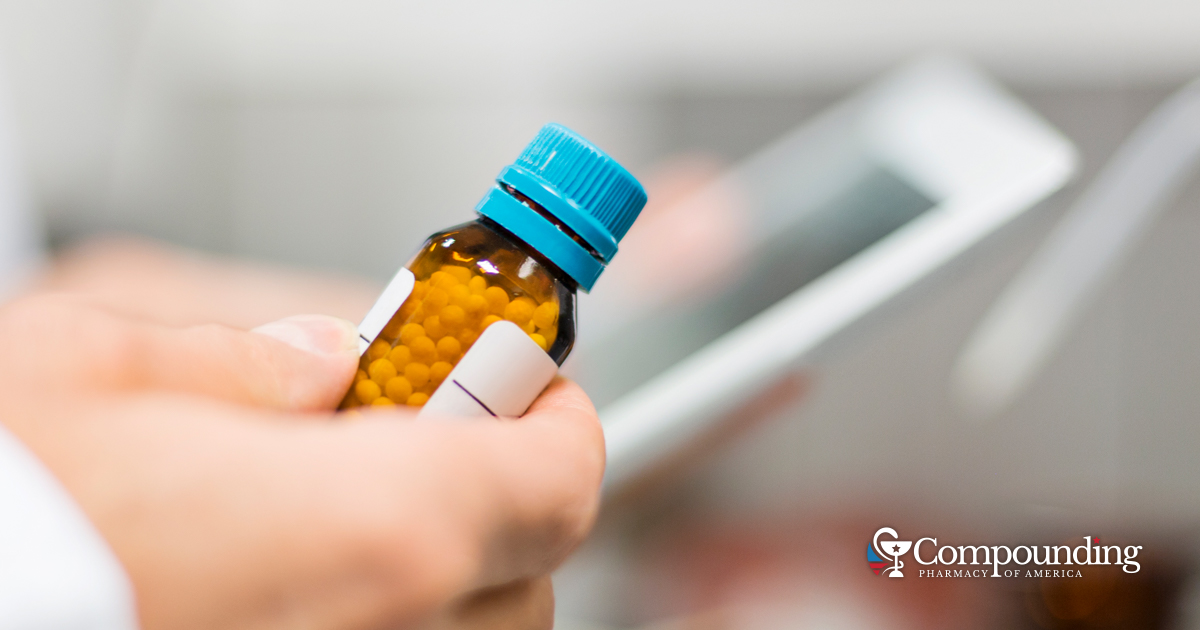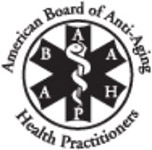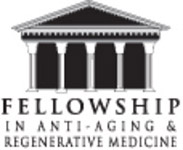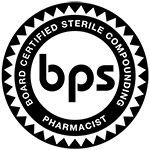Homeopathic medicine (homeopathy) is a form of alternative medicine that uses microscopic amounts of natural substances, which in larger doses would bring on a disease, to heal a patient. Homeopathy has been around since the 19th century, when it was used quite frequently and is still practiced around the world. Since the advent of newer medicines and healing techniques, it’s use has fallen out of favor by most doctors, especially here in the United States. However the herbs and other natural substances have continued to be used as time honored homeopathic treatments.
History Of Homeopathy
Dr Samuel Hahneman (1755-1843) started his first homeopathic experiments in 1790, having become disillusioned by the current medical practices of bloodletting, purging and use of toxic chemicals. After translating William Cullen’s Materia Medica into German and doing experiments on himself with South American tree-bark (cinchona) which was being used to treat malaria-induced fever, he discovered that the bark induced the symptoms similar malaria. After other such experiments Dr. Hahneman came up with the homeopathic principle of ‘Like cures like’. It is known as the law of similars – a homeopathic practitioner would seek a substance that produced the same symptoms in a healthy person as his patient presented to him.
Homeopathy In The United States
Homeopathy gained popularity since it cured many ailments and many homeopathic schools were founded across Europe and by the late 1800’s, the first school was founded in the U.S. By the early 1900’s, it had become so popular that 22 new schools had sprung up across the country. Homeopathy gained recognition for its success in treating the rampant epidemics of that time – including scarlet fever, typhoid, cholera and yellow fever. By the 1920’s though, the American Medical Association affected the decline of homeopathy’s popularity, as well as the newer drugs that were easier to administer to patients.
Resurgence Of Homeopathy
Although the practice dwindled in the United States, other countries saw a steady growth of interest and use of homeopathic medicines in the 20th century. Homeopathy has a strong following in most of Europe, Mexico and South America. Its popularity is on the rise again in the United States, rising about 12-15% each year since the 1980’s when things radically shifted from teaching it as part of a history lesson to teaching it as an alternative medicine.
Homeopathy And Modern Healthcare
Many doctors are now also becoming homeopaths, as are chiropractors, naturopaths, osteopaths, nurse practitioners, dentists and veterinarians. Despite its growing popularity, driven mostly by the general public and the continued rise of research into homeopathic treatments, its clinical usefulness is questioned due to a lack of vigorous safety and efficacy studies. However, homeopathic practitioners are regulated by the United States Food and Drug Administration (FDA) and under the Homeopathic Pharmacopoeia of the United States (HPUS), which ensures that all homeopathic medications are manufactured according to a standard of uniform strength and scientific validity.
Placebo Or Real Medicine?
The regular dose of homeopathic medicine is so miniscule, usually only 1/100th or even 1/1000th of the original strength of the natural substance. That is one of the other principles of homeopathy – the principle of the minimum dose. The least amount necessary to aid the patient in healing is preferable to the ‘more is better’ approach. Unfortunately, because of the small amounts of active ingredients, critics feel that the patients are only getting some water, basically a placebo and will not see any relief or will get the ‘placebo effect’ relief. There are some reports that suggest the opposite – that homeopathy is effective, one specifically said that fibromyalgia patients in a test group had a better than 25% improvement of pain versus the true placebo group.
Despite the controversy, the growing number of people all over the country using alternative medicines means that there is move away from conventional medicine in order to get relief from pain or disease without the side effects. Even pharmacists are more interested in finding out more about the natural remedies they carry, in order to give their patients a more qualified opinion and increase understanding of these alternative medicines. Some of the illnesses that can be cured, include allergies, asthma, arthritis, rheumatism, menstrual and menopausal symptoms and migraines.
Support For Homeopathy
Complementary and Alternative Medicine (CAM) has gained support from politicians as well as healthcare professionals, and has become firmly entrenched in American Society. By 1995, congress gave us the National Center for Complementary and Alternative Medicine (NCCAM) with a $50 million budget. In northern California, a large HMO looked into CAM for their patients and the reports were favorable. Ninety percent of obstetrics and gynecology practitioners reported the recommendation of at least one form of CAM to their patients. As homeopathy gains supporters, more and more doctors are using it as part of an integrated approach to patient health and healing.
The Future Of Homeopathy
As many supporters that homeopathic medicine has gained, it has also gained more and more detractors and naysayers. The “placebo effect’ is cited again and again as basis for its ineffectuality in modern medicine. How can such a small amount of a substance give succor to patients? Homeopathy has been likened to witchcraft simply because of it. The dearth of research data and the abundance of critics may keep homeopathy from being fully recognized as a viable alternative, however there are some insurers willing to take the risk and some health care professionals who are willing to add it to their holistic or integrative patient care.
An article published in 2015 stated that due to the aging population and modern medicine’s role in achieving an older society, having more integrative and individualized medicine that included homeopathy and other CAM’s may be a more realistic approach to taking care of patients. Being able to meet patient expectations and keep patient trust is more important than sticking to blind conventional methods, especially when faced with more complex problems, compounded by aging. A 1993 study showed that more people aged 25-49 years of age used CAM’s than those of younger or older ages. Seems those of that particular age demographic have now aged to become the expectant recipients of the new integrative and holistic healthcare approach. It is hopeful that despite the controversy, modern medicine and healthcare will be more inclusive of homeopathy. All those people who survived scarlet fever and the other epidemics of the early 20th century couldn’t have been cured by a placebo, could they?
Chief Operating Officer, The Compounding Pharmacy of America
Matthew Poteet, Pharm.D. graduated with Honors from Lee University with a Bachelors of Science in Biological Science. After his undergraduate training, he completed the Doctor of Pharmacy program at Mercer University Southern School of Pharmacy, graduating in 2004. Dr. Poteet has spent much of his pharmacy career on staff at two of the most prestigious academic teaching hospitals in the Southeast; Emory University in Atlanta and Vanderbilt University Medical Center in Nashville. At these institutions he received extensive experience and training in sterile products compounding.
He returned home to East Tennessee in 2010, where he has held the position of Pharmacy Director at two sterile products pharmacies in Knoxville. Matthew lives in Knoxville with his wife, Chris. Dr. Poteet is Tennessee’s first Board Certified Anti-Aging Pharmacist by the American Academy of Anti-Aging Medicine.

 Subscribe to Our Newsletter
Subscribe to Our Newsletter


